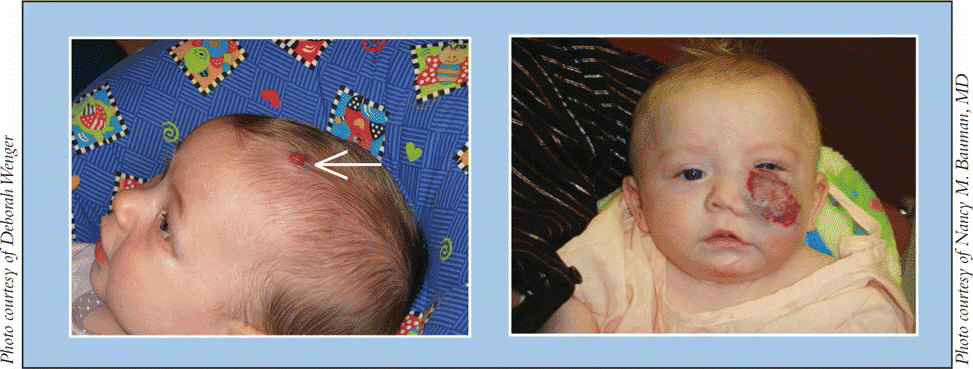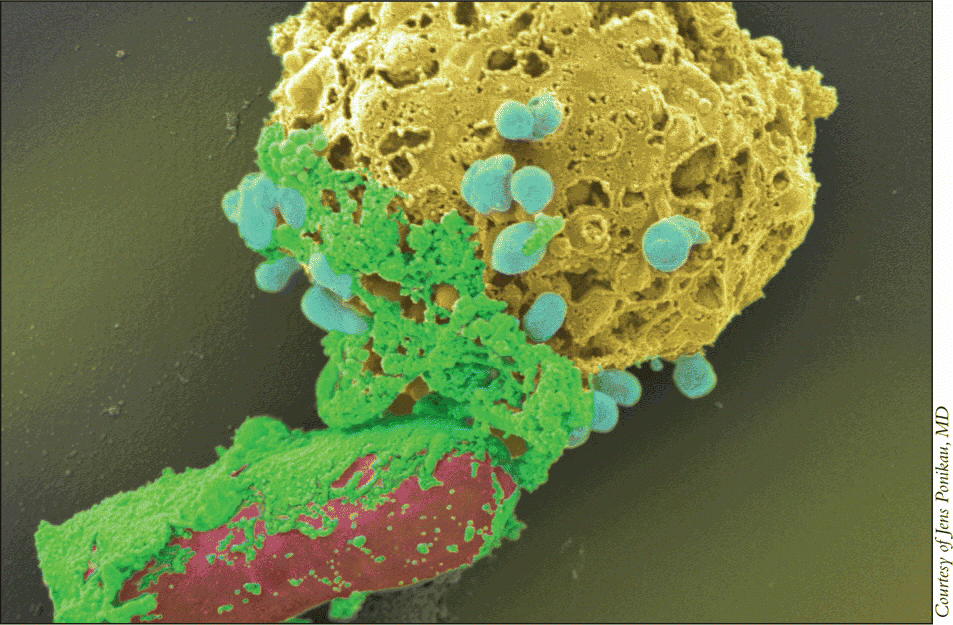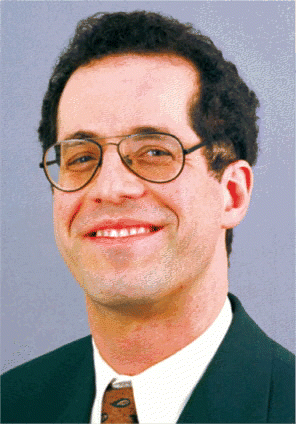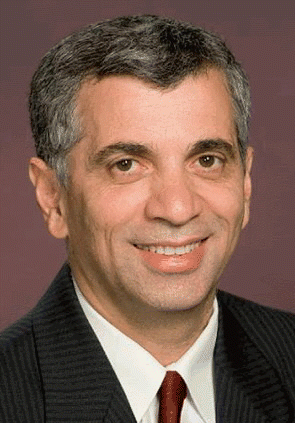As spring spreads across the country, the change in temperature and slanting of the sun promises that summer is soon on its heels. For many primary care physicians and otolaryngologists, particularly those living in northern climes, that means an upsurge in people presenting with acute otitis externa, a condition that is estimated to afflict from 1 in 100 to 1 in 250 persons in the general population.









